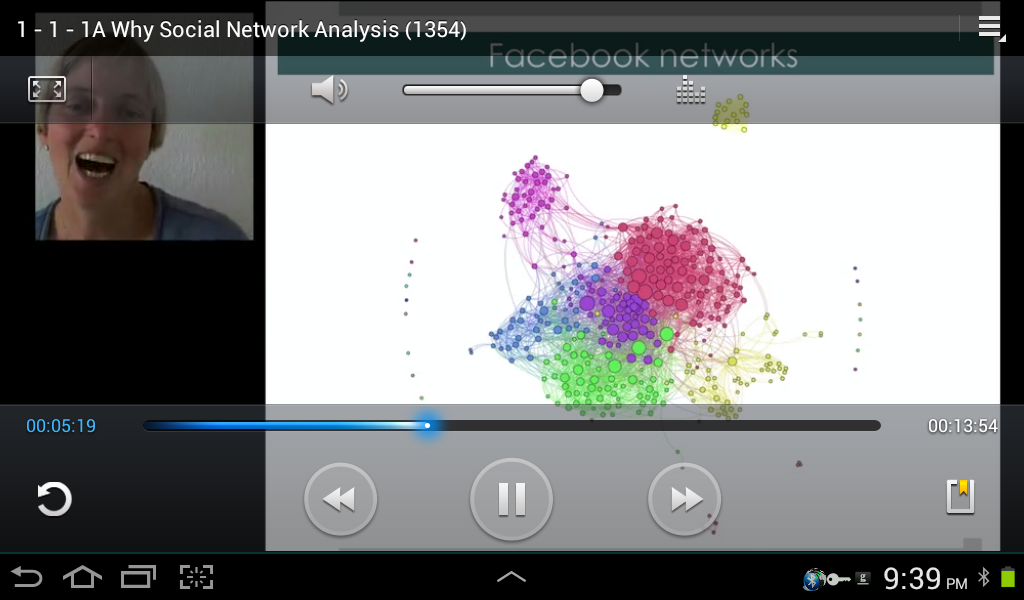After posting (yesterday) about the Coursera Social Network Analysis MOOC I received a form email that impressed me. It looks like the Coursera staff are monitoring the Web for conversation about this particular MOOC. The email was well crafted and balanced, conveying respect for those who wanted to blog about the course but reminding students of the honour code.
To summarize the email:
- Posting solutions to quiz problems is not allowed.
- Sharing experiences, ideas, and examples that go beyond the assignments is allowed.
- Sharing/discussing assignments after the deadline is allowed, but this should not take place publicly (i.e. on a blog)
The email concluded with a reminder of the Coursera honor code:
- My answers to homework, quizzes and exams will be my own work (except for assignments that explicitly permit collaboration).
- I will not make solutions to homework, quizzes or exams available to anyone else. This includes both solutions written by me, as well as any official solutions provided by the course staff.
- I will not engage in any other activities that will dishonestly improve my results or dishonestly improve/hurt the results of others.
I was impressed that Coursera is actively communicating and reinforcing the honor code. I have noticed that for other/older Coursera courses that some students have posted old quiz questions and possible solutions. Hopefully the reminder emails will limit the sharing of assignment information.
I am watching the Week 1 videos as I travel too and from work. Being able to download the videos to a tablet, and then watching them on the El has been very helpful. In my last course the instructor positioned the camera in such a way to capture footage of him working with a Wacom Cintiq display and splitscreen the results with Camtasia (on the Mac). This instructor is using a splitscreen that mixes PowerPoint slides with a talking head – the downside of this is sometimes the experience is akin to the “uncanny valley,” the instructors eyes and attention is directed away from the camera (towards off-camera notes) and the communication does not work as well. But when you get the “direct eye contact” the presentation comes across particularly well, and the instructors passion for the subject makes the topic come alive.
I definitely get the opinion that the Coursera MOOCs (and maybe all MOOC in general) are faculty-driven. The faculty are doing this because they love the topics and the idea of open education.
